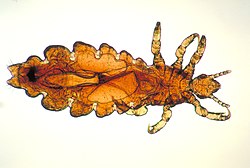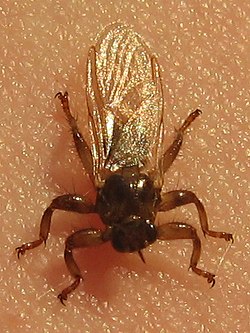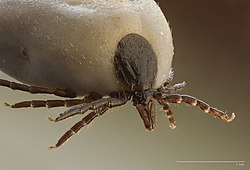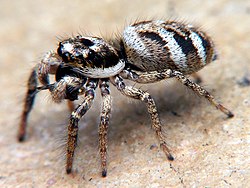Podura (springtails)

- Podura viridis – Sminthurus viridis [2]
- Podura atra – Dicyrtoma atra [3]
- Podura fusca – Allacma fusca [4]
- Podura plumbea – Pogonognathellus flavescens [5]
- Podura nivalis – Entomobrya nivalis [6]
- Podura arborea – Vertagopus arboreus [7]
- Podura cincta – Orchesella cincta [8]
- Podura aquatica – Podura aquatica [9]
- Podura fimetaria – Folsomia fimetaria [10]
- Podura ambulans – Onychiurus ambulans [11]
















